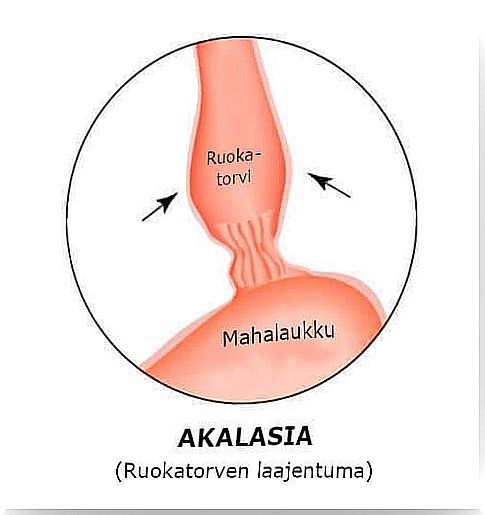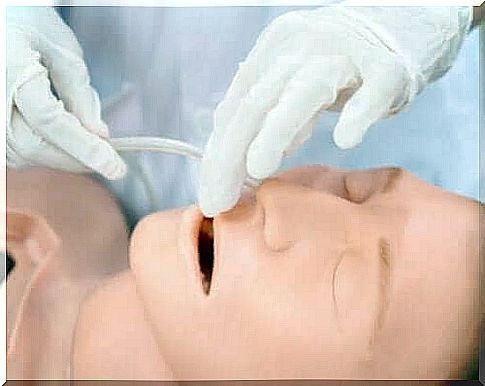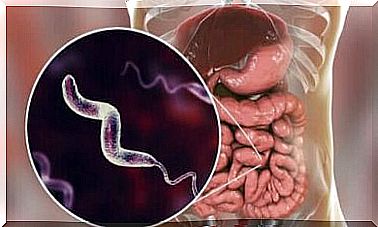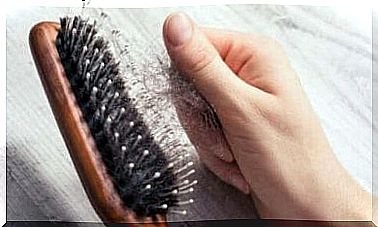Esophageal Akalasia: Symptoms And Treatment

Esophageal achalasia is a rare disease that can occur at any age. Its main symptom is the inability of the lower esophageal sphincter to relax and release food into the stomach. Studies have not yet been able to determine the cause of the disease, but it has been found to affect both men and women and does not appear to be hereditary.
Esophageal akalasia: symptoms

In order for the disease to be diagnosed correctly, the doctor must pay close attention to its typical symptoms.
- Dysphagia: Difficulty swallowing both solid and soft foods and an inability to drink fluids. This is mainly due to a contraction of the upper esophagus.
- Chest pain: This does not happen often, but it is one possible symptom if the lower sphincter of the esophagus contracts.
- Food recovery: In some patients with this disease, the food swallowed returns upwards. This is because it cannot pass through the esophagus.
- Weight Loss: When a patient does not get food in their body, their weight gradually decreases and anemia often occurs.
It is important to be aware that food and fluid that has not passed through the esophagus and also does not return back up can travel to the lungs. This can happen at any time, even while a person is sleeping. Its consequences range from respiratory infections to aspiration pneumonia.
For this reason, if dysphagia is suspected, it is advisable to see a doctor as soon as possible.
How is esophageal achalasia diagnosed?
If a patient has the above symptoms, it is necessary to perform certain tests to get a correct diagnosis.
The two most common tests are:
Esophageal pressure measurement

Esophageal pressure is measured with a thin catheter inserted through the nose into the esophagus and stomach. It is an unpleasant procedure, which is why the patient is usually given a local anesthetic.
Once in the stomach, the tube is raised slightly, up to the esophagus, and the patient is asked to swallow to measure the pressure of the contractions.
Esophageal contrast imaging
This is one way to diagnose esophageal achalasia. It is a simple test in which the patient drinks barium-injected fluid before the study.
The patient then goes to stand with his back towards the X-ray machine. The doctor will ask the patient to drink more fluids and to always hold their breath for small moments. This allows doctors to examine the esophageal area.
Treatment of esophageal achalasia

The treatment of the ailment often depends on its severity and the specific characteristics of the patient, such as age, possible respiratory infections, etc.
Some of the options available are:
- Balloon dilatation: A balloon is placed in the esophageal sphincter and inflated to keep the esophagus open and dilated. This treatment usually needs to be repeated from time to time.
- Botox: This muscle relaxant is injected into the sphincter of the esophagus using an endoscope. This procedure is usually done on older people who cannot be cut.
- Muscle relaxants: This treatment includes medications that relax muscles before eating. The problem with this treatment is its many side effects.
- Surgery: This is the best form of treatment, especially for young patients. It is an effective solution to a problem whose causes are still unknown.
Summary
If you have trouble swallowing food or even water, you should see a doctor right away.
Sometimes, however, difficulty swallowing may be confused with symptoms of anxiety. Still, it is always better to make sure about it with your doctor. This will allow you to start effective treatment for yourself and prevent major problems such as food or fluid from entering the airways.
Esophageal achalasia is currently being actively investigated to determine its causes. Hopefully there will be some way to prevent it soon.









